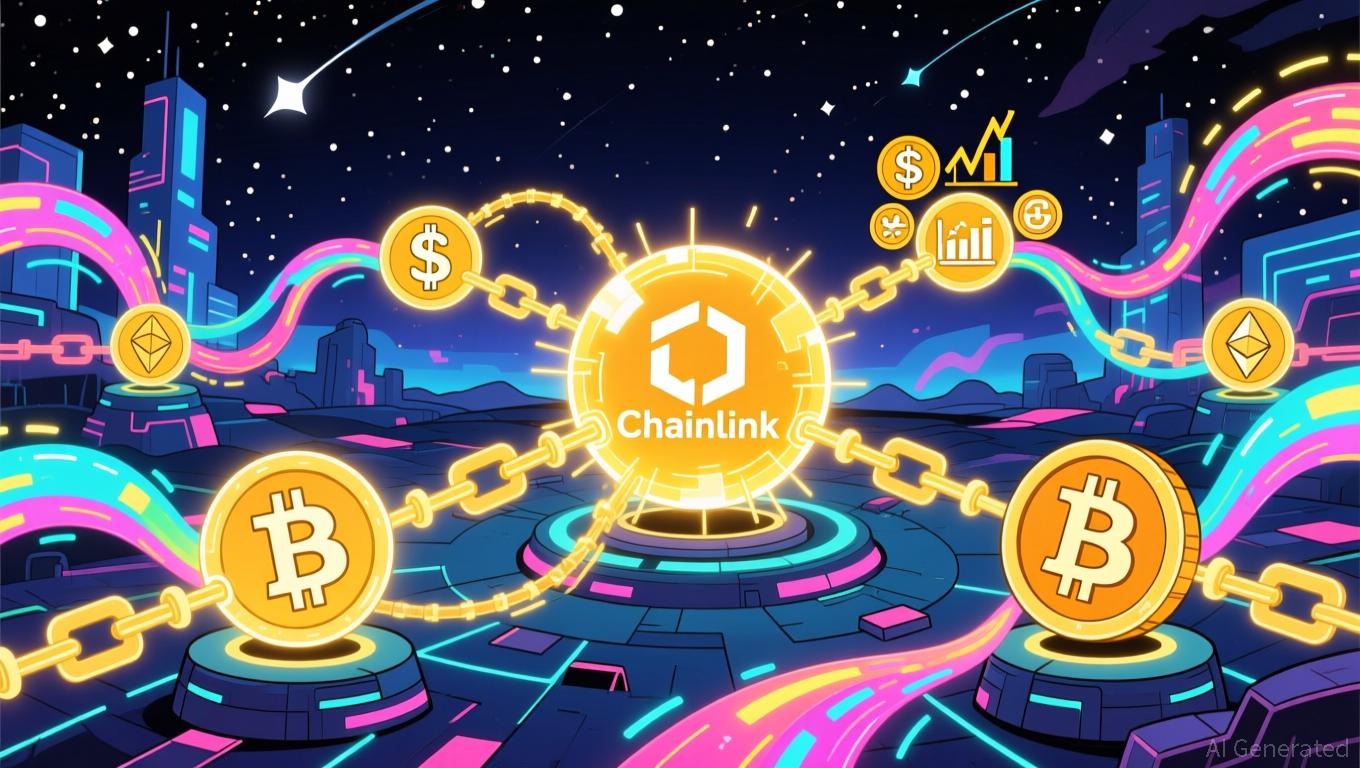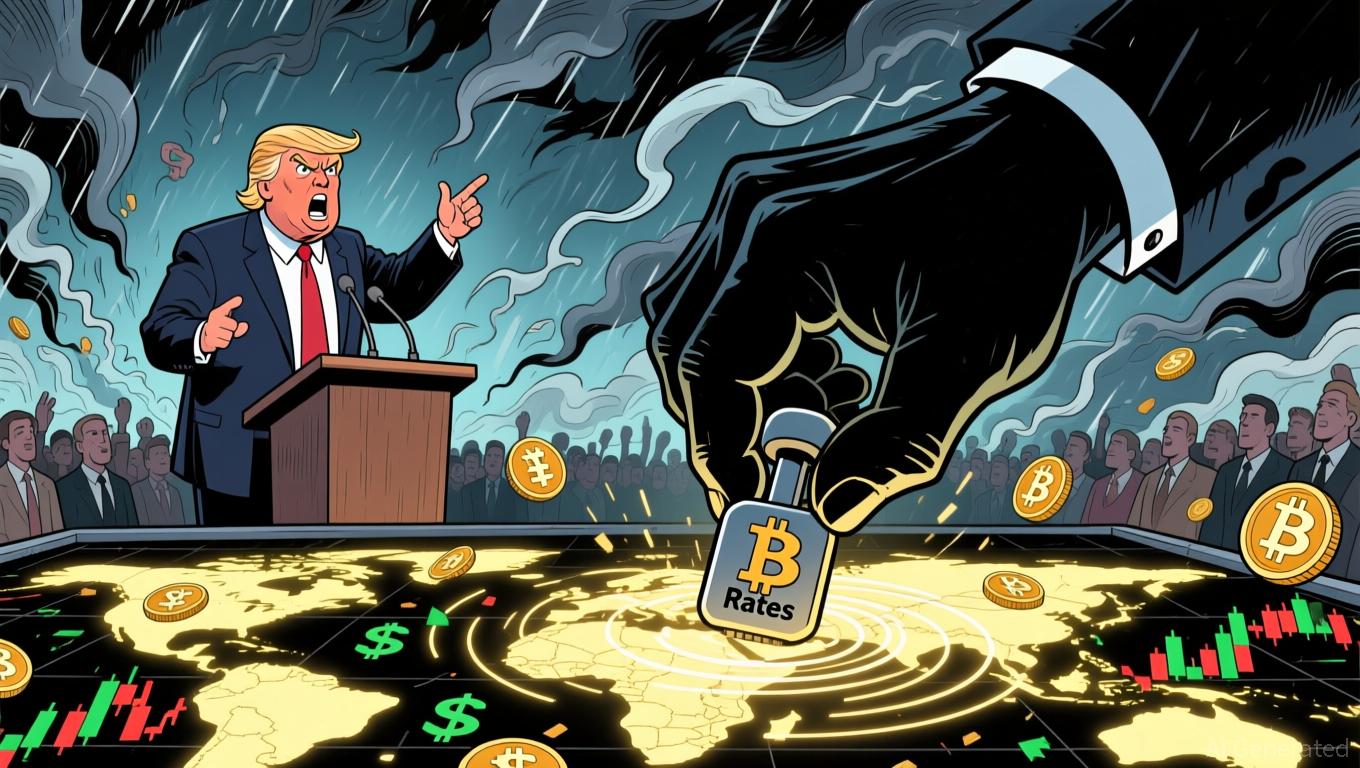Hong Kong's move to apply 'Basel-like' standards to stablecoins ignites debate between regulation and innovation
- Hong Kong’s 2025 stablecoin rules require 100% collateralization, liquidity coverage, and T+0 redemption, aligning issuers with bank-like standards. - DBS CEO warns regulations will limit stablecoin use in DeFi derivatives, prioritizing stability over innovation despite enhanced transparency. - Market activity declined post-implementation, with small issuers exiting and Ant International pursuing a licensing advantage. - Hong Kong’s framework contrasts with Singapore’s flexible approach and U.S. proposal

Hong Kong’s stablecoin regulations have become a focal point for both financial institutions and market observers, with DBS Hong Kong CEO Sebastian Paredes warning that the new framework will significantly restrict the use of stablecoins in on-chain derivatives markets. Set to take effect on August 1, 2025, the rules require stablecoins to be fully backed by high-quality assets, maintain segregated liquidity, and allow same-day redemption at face value, essentially holding issuers to standards similar to those of banks Hong Kong’s new stablecoins law: what issuers and distributors need to know [ 1 ]. Paredes noted that while these safeguards are designed to address systemic risks, they will also limit the role of stablecoins in decentralized finance (DeFi), especially for derivatives trading.
The regulatory structure, detailed in the Stablecoins Ordinance and HKMA’s guidance, obliges issuers to hold reserves equal to 100% of their outstanding tokens and to meet strict liquidity requirements that can withstand five days of market stress. Furthermore, anti-money laundering (AML) and know-your-customer (KYC) standards now apply to stablecoin operations, mandating real-time oversight of wallet addresses and transaction flows. While these measures improve transparency, they also raise operational expenses, particularly for smaller issuers who may find it difficult to comply with the capital and regulatory requirements.
The effects of these regulations are already being felt. Since their introduction, stablecoin activity in Hong Kong has dropped sharply, with some companies experiencing significant losses as they adapt to the new rules. Ant International, a major industry player, has announced plans to seek a license, hoping to benefit from being an early entrant despite slim profit prospects. At the same time, some smaller issuers are leaving the market or partnering with licensed banks to overcome regulatory barriers.
Analysts say the tough stance is a response to previous market failures, such as the collapse of TerraUSD in 2022 and the
Hong Kong’s approach is also being measured against new regulatory models in the U.S. and Singapore. While the U.S. Senate has advanced the bipartisan GENIUS Act, which also calls for strong reserve backing, Hong Kong’s rules go further with detailed liquidity and leverage restrictions. Singapore, on the other hand, is expected to take a more adaptable route, integrating stablecoins with tokenized deposits to encourage broader innovation.
Despite these obstacles, some in the industry remain hopeful. The HKMA plans to introduce additional regulations, including disclosure formats and AML protocols, by the end of 2025, which should provide more guidance for market players. Moreover, cross-border pilot programs with partners like the Bank of Thailand’s Project Inthanon and the UAE’s mBridge initiative are set to explore international uses for regulated stablecoins by late 2026.
Paredes’ comments reflect a wider debate between regulatory prudence and market growth. While he reaffirmed DBS’s dedication to developing stablecoin solutions in Hong Kong, he pointed out that the current rules put stability ahead of innovation, shifting the bank’s focus to broader digital asset strategies. This is in line with DBS’s recent moves into tokenized structured products and blockchain-based government grant distribution, highlighting its shift toward regulated, institutional-grade services.
As the stablecoin sector continues to change, industry participants will be watching closely to see whether Hong Kong’s regulatory model can balance risk control with a vibrant digital asset market. The next few months will show if the city’s “Basel-style” approach to stablecoins attracts institutional investment or pushes activity to more flexible markets.
Disclaimer: The content of this article solely reflects the author's opinion and does not represent the platform in any capacity. This article is not intended to serve as a reference for making investment decisions.
You may also like
Chainlink's cross-chain bridges drive a $35 billion boom in tokenized finance
- Grayscale files to convert its $29M Chainlink Trust into a staking-enabled ETF (GLNK), positioning LINK as crypto infrastructure. - Chainlink's CCIP bridges traditional finance and blockchain via cross-chain interoperability, recently collaborating with J.P. Morgan and Ondo Finance. - The tokenized assets market is projected to grow to $35B, with Chainlink addressing compliance and data transfer challenges in decentralized finance. - Strategic integrations with S&P Global and Bittensor's AI networks high

Bitcoin Updates: Trump Urges Rate Cuts While Fed Remains Cautious—Bitcoin Drops Into Bear Market
- Trump pressures Fed for aggressive rate cuts, joking about firing Bessent if rates remain high, risking policy instability. - Bitcoin enters "most bearish" phase with Bull Score at 20/100, price below $102,600 as institutional demand wanes. - Fed chair replacement process nears conclusion, with potential impacts on crypto markets and global capital flows. - India debates stablecoin regulation while Leverage Shares plans 3x crypto ETFs, reflecting volatile market dynamics. - Bitcoin's $200,000 trajectory

Fed's Change in Liquidity Fuels Debate: AI Breakthrough or Speculative Frenzy?
- The Fed's halt of QT by December 1, 2025, risks injecting trillions into AI markets, reigniting speculative concerns amid record $57B Nvidia quarterly revenue. - AI infrastructure spending surges with FEDGPU's GPU clusters and Gartner projecting $2 trillion global AI spending by 2026. - Skeptics warn of debt-driven overinvestment, citing Meta/Oracle stock declines and unproven economic returns despite "depth and breadth" of AI innovation claims. - Historical parallels to the dot-com bubble emerge as anal

XRP News Today: Grayscale’s Altcoin ETFs Transform Market Liquidity, Connecting Digital Assets with Conventional Finance
- NYSE approves Grayscale's XRP and Dogecoin ETFs for Nov 24 trading, expanding regulated crypto access in the U.S. - ETFs convert private trusts to public structures under SEC's post-shutdown regulatory clarity, targeting major altcoins. - Products charge 0.35% fees with direct asset holdings, attracting $12.7B XRP and $7.2B Dogecoin derivatives pre-launch. - Competitors like Bitwise and Franklin Templeton also launch XRP ETFs, signaling growing institutional confidence amid Bitcoin outflows. - Regulatory
